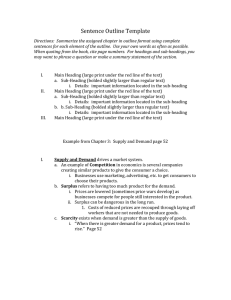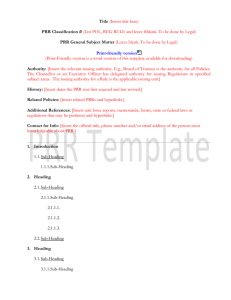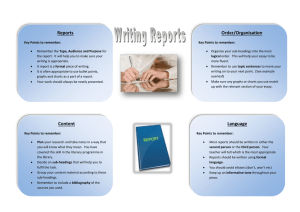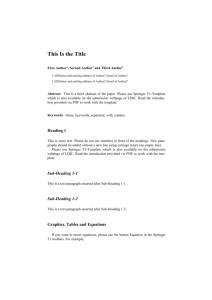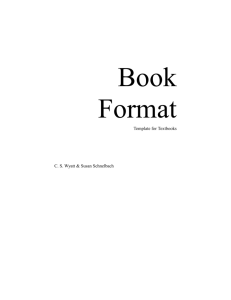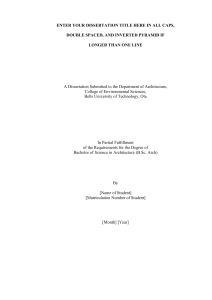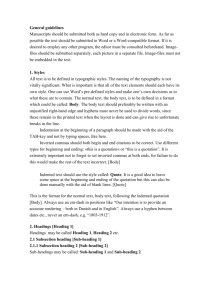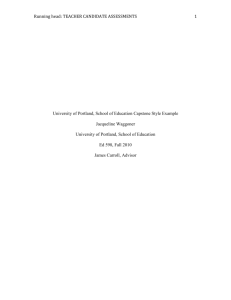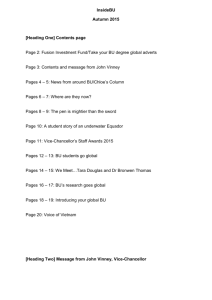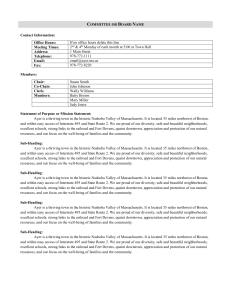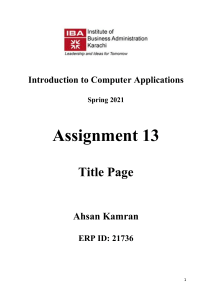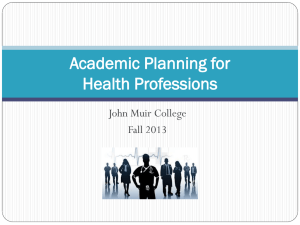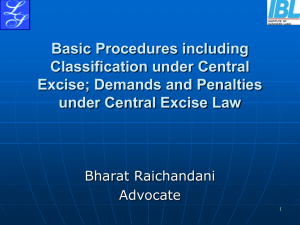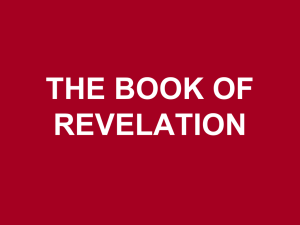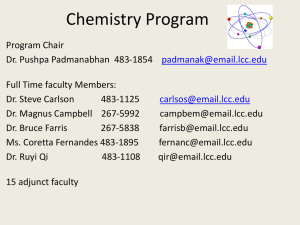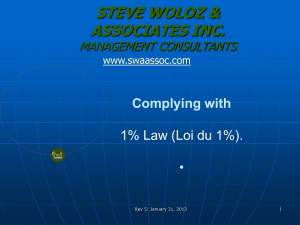How to Write a Review Article
advertisement
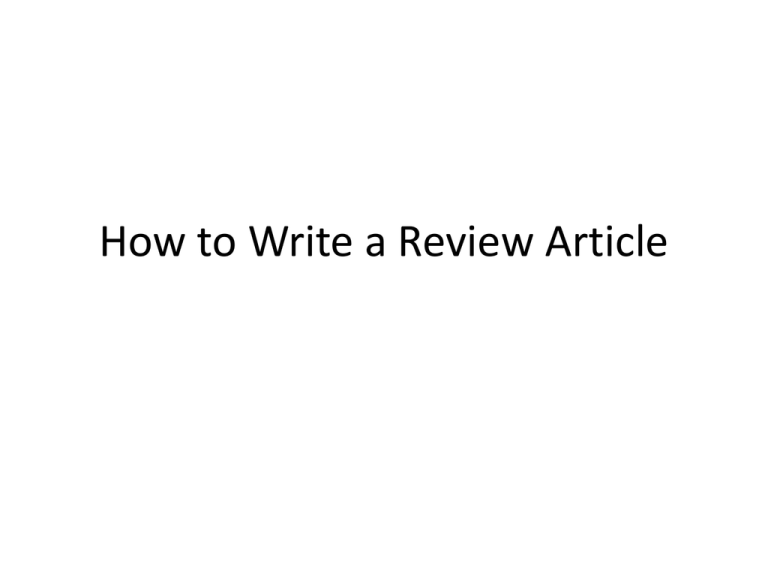
How to Write a Review Article Step One: Choose a Good Topic • Experienced Chemists would likely choose an area of research they are actively working in • In Senior Seminar, you find a Chemical Reviews article from 5-10 years ago that you are interested in • You will review a similar literature area as your Chemical Reviews article, but you will update the advances in the area since the article was written Step Two: Literature Searching • In class, we will learn about all of the literature databases available through the SWOSU Library. Of particular utility are: – ISI Web of Science (Science Citation Index) – SciFinder (American Chemical Society) • Once your topic is chosen, you will look for “new” articles (20-50 should be enough) based on – Topic searches on keywords from your Chem. Rev. article – Author searches from key references from Chem. Rev. – “Times Cited” of key articles will lead you to “new” ones Step Three: Annotated Bibliography • Once you collect sufficient (20-50) new articles on your topic you need to read them • You will make notes and summarize key points • We will learn how to read scientific papers in class • We will prepare a 10-paper Annotated Bibliography • We will prepare 5 article summaries similar to how discussion of the article would appear in our finished review for one of the deadlines Step 4: Choose and Organize the Articles You Will Include in Your Review • A minimum of 20 “new” articles go in your review • Not all of the articles you found will be included • Group the articles in topic groups. Each topic group might make up a sub-heading in the review. – Articles by the same author are often on a similar subject, which could be part of a “sub-heading” – A good review might have 3-5 “sub-heading” groups of articles related to the overall topic – Organize the sub-headings in a logical order: chronological, simple to complex, method 1, 2, 3… Step 5: Write the Introduction • The introduction specifies what smaller area of the literature your review will cover • It begins broadly and then focuses down to the specific area you will discuss • It uses concepts from your Chem. Rev. article, plus ideas from “old references” found in your Chem Rev. article to frame what comes next Step 6: Write the Body of the Review • Write a sub-heading title • Discuss each paper under the sub-heading in turn – Describe the new development, method, or result – Include a figure or table (90% of the time) – Use transition sentences as you move from one article to the next • Move to the next sub-heading area – Include a transition paragraph at the end of the last subheading or the beginning of this on • Repeat until all papers have been discussed • A good review adds the author’s thoughts, insights, and perspective to the accumulating narrative Step 7: Edit, Conclude, References • Don’t turn in the paper until you know it is good – Go to the Writing Center for help – Read over it and improve grammar, usage, etc… • Add a conclusion of summary that ties it together – What did you learn of importance? – What do you want your readers to get out of this? • Make sure references are in ACS Format – 20 “new references” are required (can be more) – Separate references by “old” and “new” • YOU ARE DONE
